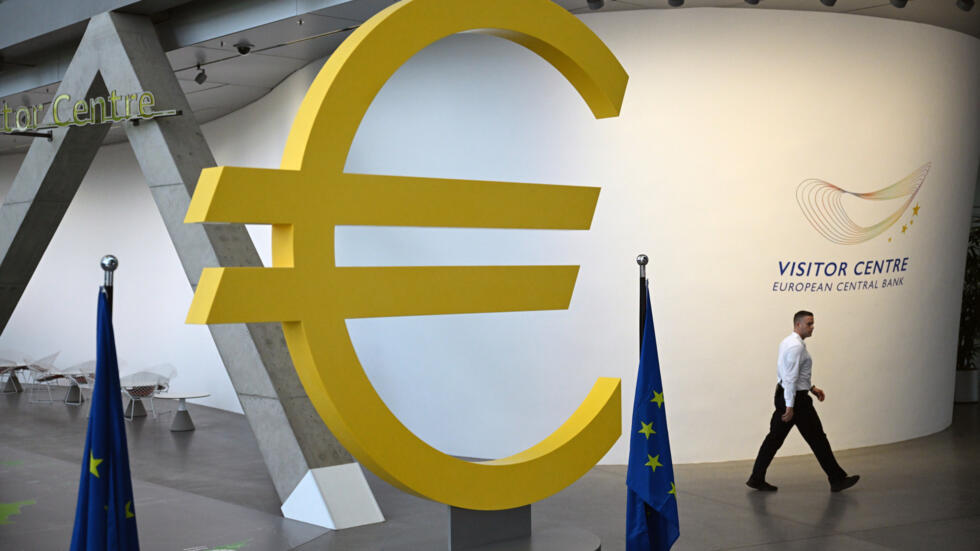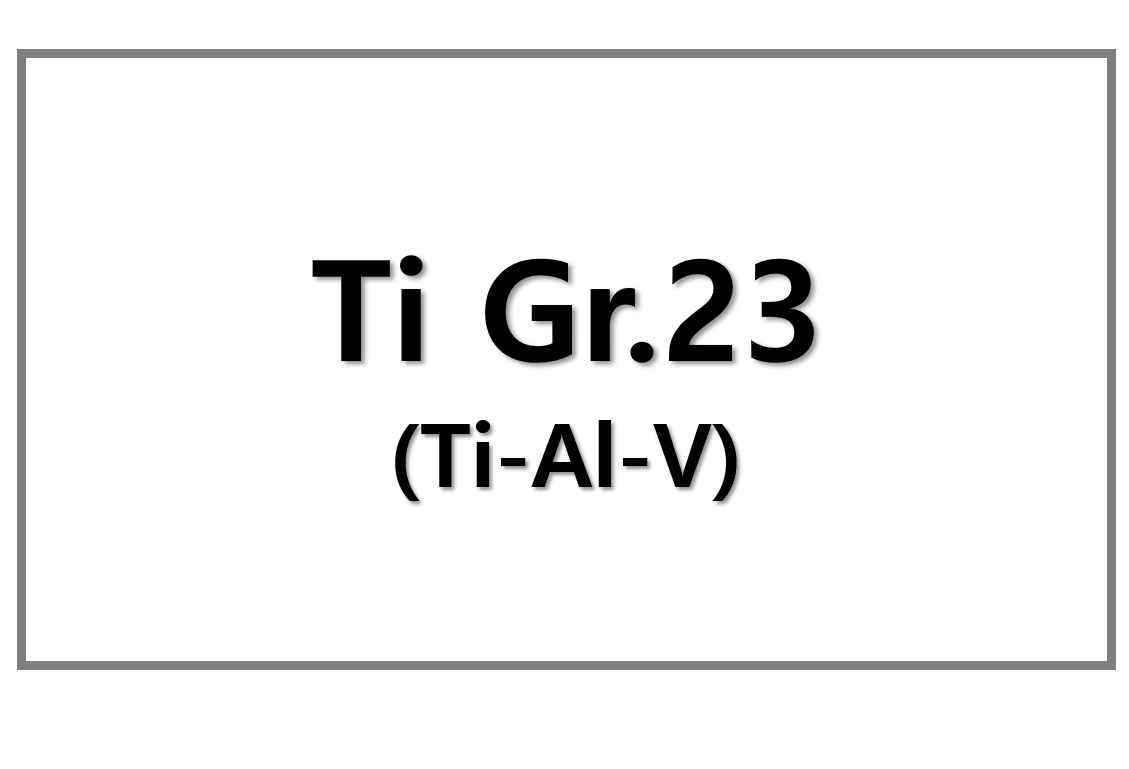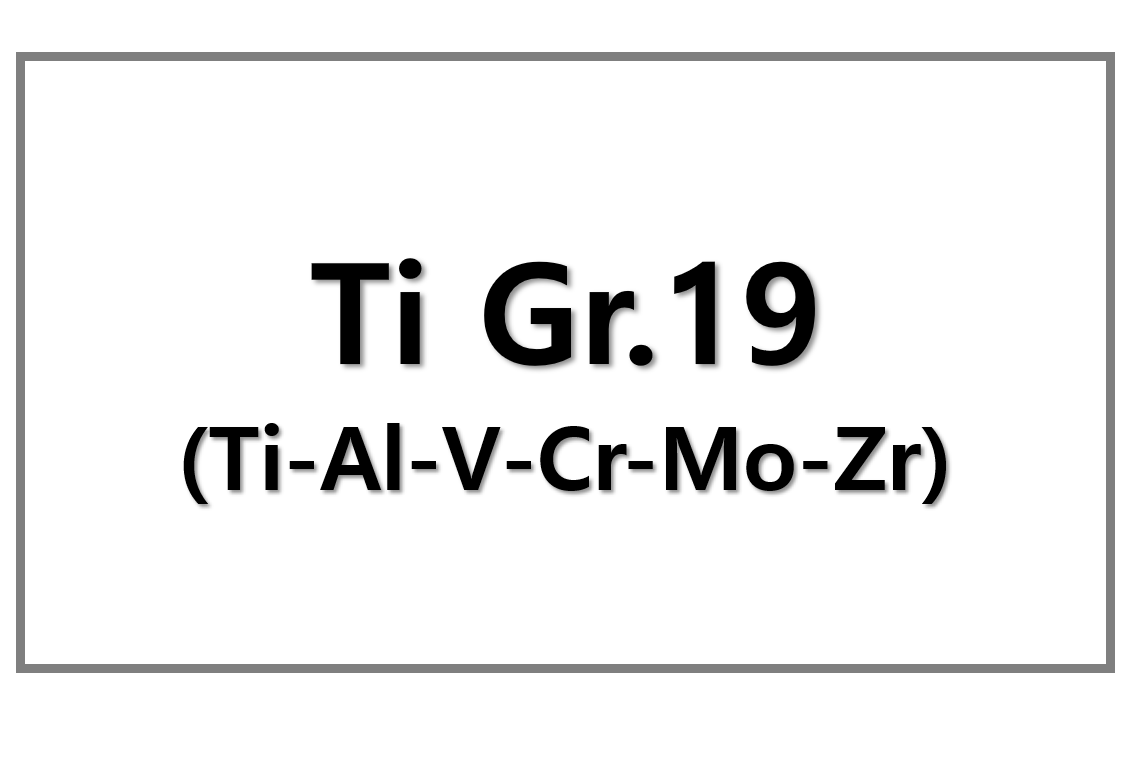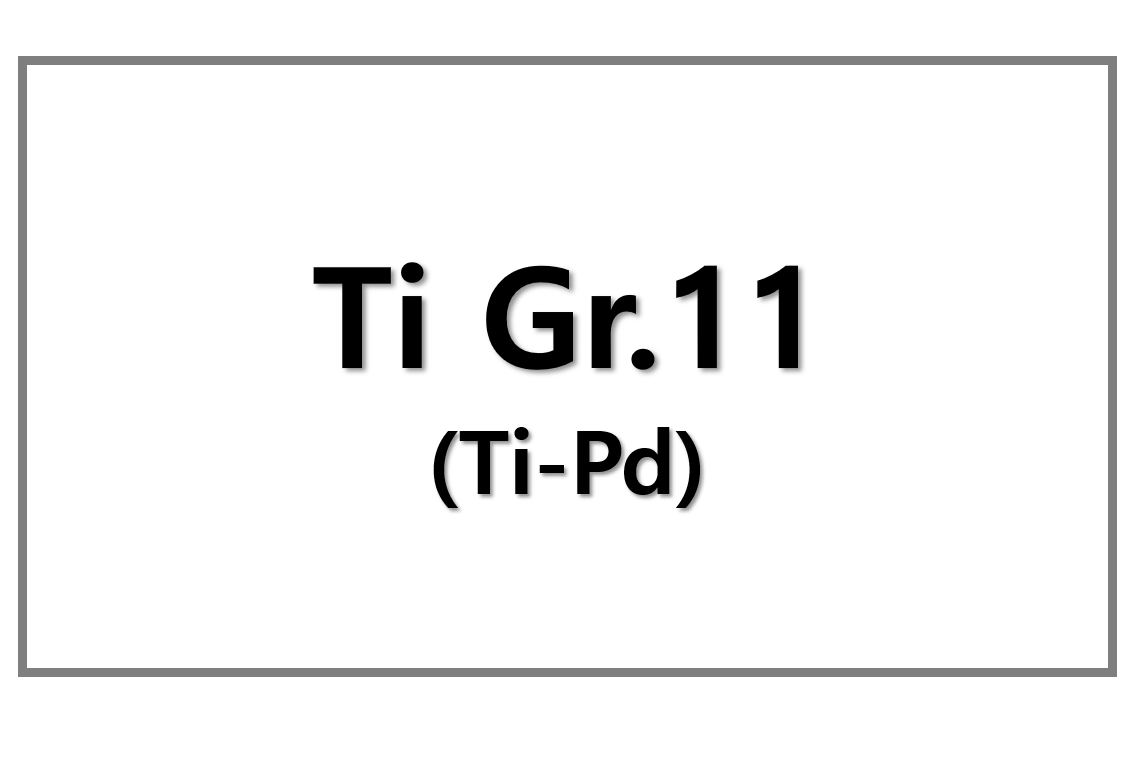
Eurozone inflation for January 2025 exceeded forecasts, rising to 2.5%, but the euro struggled as concerns over potential US tariffs overshadowed expectations of a hawkish response from the European Central Bank (ECB).
Inflation Data and its Economic Impact
Eurozone inflation surged to 2.5% in January, up from 2.4% in December. The reading was higher than economists’ forecasts, which had predicted inflation to remain stable at 2.4%. This marks the highest inflation rate in the region since July 2024. Core inflation, excluding volatile energy and food prices, held steady at 2.7%, defying expectations for a slight decline.
Among the components of inflation, services recorded the highest annual rate at 3.9%. The cost of food, alcohol, and tobacco rose by 2.3%, a slowdown from 2.6% in December. Energy prices rebounded sharply to 1.8%, following a modest 0.1% increase the previous month. Non-energy industrial goods inflation remained stable at 0.5%. Croatia saw the highest inflation at 5.0%, while Ireland, Finland, and Italy had the lowest rates, below 2%.
Euro Weakens Amid Trade Tensions
Despite the higher-than-expected inflation figures, the euro weakened due to growing concerns about US trade policy. Fears over potential US tariffs on European goods, particularly autos, pressured the euro. The currency fell 1.2% against the US dollar, reaching its lowest level since November 2022.
US President Donald Trump recently reiterated threats to impose tariffs on the European Union. With tariffs already in place for Canada, Mexico, and China, concerns are mounting that the US may target European imports next. Although Trump did not specify a timeline, markets remain anxious about the potential for escalating trade tensions.
As trade fears intensified, European stocks dropped sharply, with the auto sector being hit hardest. Shares in major car manufacturers, including Volkswagen, Mercedes-Benz, and BMW, all saw significant losses. The uncertainty surrounding trade policies led investors to seek safety in bonds, pushing yields down across Europe.











Leave a Reply
You must be logged in to post a comment.